
Gordis Epidemiology, 6e: with STUDENT CONSULT Online Access
Livrare gratis la comenzi peste 500 RON. Pentru celelalte comenzi livrarea este 20 RON.
Disponibilitate: La comanda in aproximativ 4 saptamani
Editura: Elsevier
Limba: Engleza
Nr. pagini: 433
Coperta: Paperback
Dimensiuni: 19.05 x 2.03 x 23.62 cm
An aparitie: 18 Jan. 2019
Description:
From the Department of Epidemiology at Johns Hopkins University and continuing in the tradition of award-winning educator and epidemiologist Dr. Leon Gordis, comes the fully revised 6th Edition of Gordis Epidemiology. This bestselling text provides a solid introduction to basic epidemiologic principles as well as practical applications in public health and clinical practice, highlighted by real-world examples throughout. New coverage includes expanded information on genetic epidemiology, epidemiology and public policy, and ethical and professional issues in epidemiology, providing a strong basis for understanding the role and importance of epidemiology in today’s data-driven society.
Table of Contents:
1. Introduction
2. Chapter 1 Introduction
3. What Is Epidemiology?
4. Objectives of Epidemiology
5. Epidemiology and Prevention
6. Epidemiology and Clinical Practice
7. Epidemiologic Approach
8. From Observations to Preventive Actions
9. When the Frequency of a Disease Declines, Who Deserves the Credit?
10. Integrating Prevention and Treatment
11. Conclusion
12. References
13. Chapter 2 The Dynamics of Disease Transmission
14. Modes of Transmission
15. Clinical and Subclinical Disease
16. Carrier Status
17. Endemic, Epidemic, and Pandemic
18. Disease Outbreaks
19. Immunity and Susceptibility
20. Herd Immunity
21. Incubation Period
22. Attack Rate
23. Exploring Occurrence of Disease
24. Outbreak Investigation
25. Conclusion
26. References
27. Review Questions for Chapter 2
28. Chapter 3 The Occurrence of Disease
29. Surveillance
30. Stages of Disease in an Individual and in a Population
31. Measures of Morbidity
32. Conclusion
33. References
34. Review Questions for Chapter 3
35. Chapter 4 The Occurrence of Disease
36. Measures of Mortality
37. Comparing Mortality in Different Populations
38. Other Measures of the Impact of Disease
39. Conclusion
40. References
41. Review Questions for Chapter 4
42. Chapter 5 Assessing the Validity and Reliability of Diagnostic and Screening Tests
43. Biologic Variation of Human Populations
44. Validity of Screening Tests
45. Use of Multiple Tests
46. Predictive Value of a Test
47. Reliability (Repeatability) of Tests
48. Relationship Between Validity and Reliability
49. Conclusion
50. References
51. Appendices to Chapter 5
52. Review Questions for Chapter 5
53. Chapter 6 The Natural History of Disease
54. Case-Fatality
55. Person-Years
56. Five-Year Survival
57. Observed Survival
58. The Kaplan-Meier Method
59. Assumptions Made in Using Life Tables and Kaplan-Meier Method
60. Apparent Effects on Prognosis of Improvements in Diagnosis
61. Median Survival Time
62. Relative Survival
63. Generalizability of Survival Data
64. Conclusion
65. References
66. Review Questions for Chapter 6
67. Section II Using Epidemiology to Identify the Cause of Disease
68. Introduction
69. Chapter 7 Observational Studies
70. Case Reports and Case Series
71. Ecologic Studies
72. Cross-Sectional Studies
73. Case-Control Studies
74. Conclusion
75. References
76. Review Questions for Chapter 7
77. Chapter 8 Cohort Studies
78. Design of a Cohort Study
79. Selection of Study Populations
80. Types of Cohort Studies
81. Examples of Cohort Studies
82. Cohort Studies for Investigating Childhood Health and Disease
83. Potential Biases in Cohort Studies
84. When Is a Cohort Study Warranted?
85. Case-Control Studies Based Within a Defined Cohort
86. Conclusion
87. References
88. Review Questions for Chapter 8
89. Chapter 9 Comparing Cohort and Case-Control Studies
90. Chapter 10 Assessing Preventive and Therapeutic Measures
91. Selection of Subjects
92. Allocating Subjects to Treatment Groups Without Randomization
93. Allocating Subjects Using Randomization
94. Data Collection on Subjects
95. Crossover
96. Factorial Design
97. Noncompliance
98. Conclusion
99. References
100. Chapter 11 Randomized Trials
101. Sample Size
102. Recruitment and Retention of Study Participants
103. Ways of Expressing the Results of Randomized Trials
104. Interpreting the Results of Randomized Trials
105. Four Phases in Testing New Drugs in the United States
106. Five Major Randomized Trials in the United States
107. Randomized Trials for Evaluating Widely Accepted Interventions
108. Registration of Clinical Trials
109. Ethical Considerations
110. Conclusion
111. Epilogue
112. References
113. Review Questions for Chapters 10 and 11
114. Chapter 12 Estimating Risk
115. Absolute Risk
116. How Do We Determine Whether a Certain Disease Is Associated With a Certain Exposure?
117. Relative Risk
118. Odds Ratio (Relative Odds)
119. Conclusion
120. References
121. Review Questions for Chapter 12
122. Appendix to Chapter 12
123. Chapter 13 More on Risk
124. Attributable Risk
125. Comparison of Relative Risk and Attributable Risk
126. Conclusion
127. References
128. Review Questions for Chapter 13
129. Appendix to Chapter 13: Levin's Formula for the Attributable Risk for the Total Population
130. Chapter 14 From Association to Causation
131. Approaches for Studying Disease Etiology
132. Types of Associations
133. Types of Causal Relationships
134. Evidence for a Causal Relationship
135. Guidelines for Judging Whether an Observed Association Is Causal
136. Deriving Causal Inferences: Two Examples
137. Modifications of the Guidelines for Causal Inferences
138. Conclusion
139. References
140. Review Questions for Chapter 14
141. Chapter 15 More on Causal Inference
142. Bias
143. Confounding
144. Interaction
145. Conclusion
146. References
147. Review Questions for Chapter 15
148. Chapter 16 Identifying the Roles of Genetic and Environmental Factors in Disease Causation
149. Traditional Genetics
150. Complex Diseases
151. Time Trends in Disease Incidence
152. Linkage Analysis in Family Studies
153. Interaction Between Genetic and Environmental Risk Factors
154. Precision Medicine
155. Prospects for the Future
156. Conclusion
157. References
158. Review Questions for Chapter 16
159. Glossary of Genetic Terms for Chapter 16
160. Section III Applying Epidemiology to Evaluation and Policy
161. Introduction
162. Chapter 17 Using Epidemiology to Evaluate Health Services
163. Studies of Process and Outcome
164. Efficacy, Effectiveness, and Efficiency
165. Measures of Outcome
166. Comparing Epidemiologic Studies of Disease Etiology and Epidemiologic Research Evaluating Effectiveness of Health Services
167. Evaluation Using Group Data
168. Evaluation Using Individual Data
169. Conclusion
170. References
171. Review Questions for Chapter 17
172. Chapter 18 Epidemiologic Approach to Evaluating Screening Programs
173. Natural History of Disease
174. Pattern of Disease Progression
175. Methodologic Issues
176. Study Designs for Evaluating Screening: Nonrandomized and Randomized Studies
177. Problems in Assessing the Sensitivity and Specificity of Screening Tests
178. Interpreting Study Results That Show No Benefit of Screening
179. Cost-Benefit Analysis of Screening
180. Conclusion
181. References
182. Review Questions for Chapter 18
183. Chapter 19 Epidemiology and Public Policy
184. Epidemiology and Prevention
185. Population Approaches Versus High-Risk Approaches to Prevention
186. Epidemiology and Clinical Medicine: Hormone Replacement Therapy in Postmenopausal Women
187. Risk Assessment
188. Meta-Analysis
189. Publication Bias
190. Epidemiology in the Courts
191. Sources and Impact of Uncertainty
192. Policy Issues Regarding Risk: What Should the Objectives Be?
193. Conclusion
194. References
195. Chapter 20 Ethical and Professional Issues in Epidemiology
196. Ethical Issues in Epidemiology
197. Investigators’ Obligations to Study Subjects
198. Protecting Privacy and Confidentiality
199. Access to Data
200. Race and Ethnicity in Epidemiologic Studies
201. Conflict of Interest
202. Interpreting Findings
203. Conclusion
204. References
205. Answers to Review Questions
206. Index
| An aparitie | 18 Jan. 2019 |
| Autor | David D Celentano ScD MHS, Moyses Szklo MD |
| Dimensiuni | 19.05 x 2.03 x 23.62 cm |
| Editura | Elsevier |
| Format | Paperback |
| ISBN | 9780323552295 |
| Limba | Engleza |
| Nr pag | 433 |



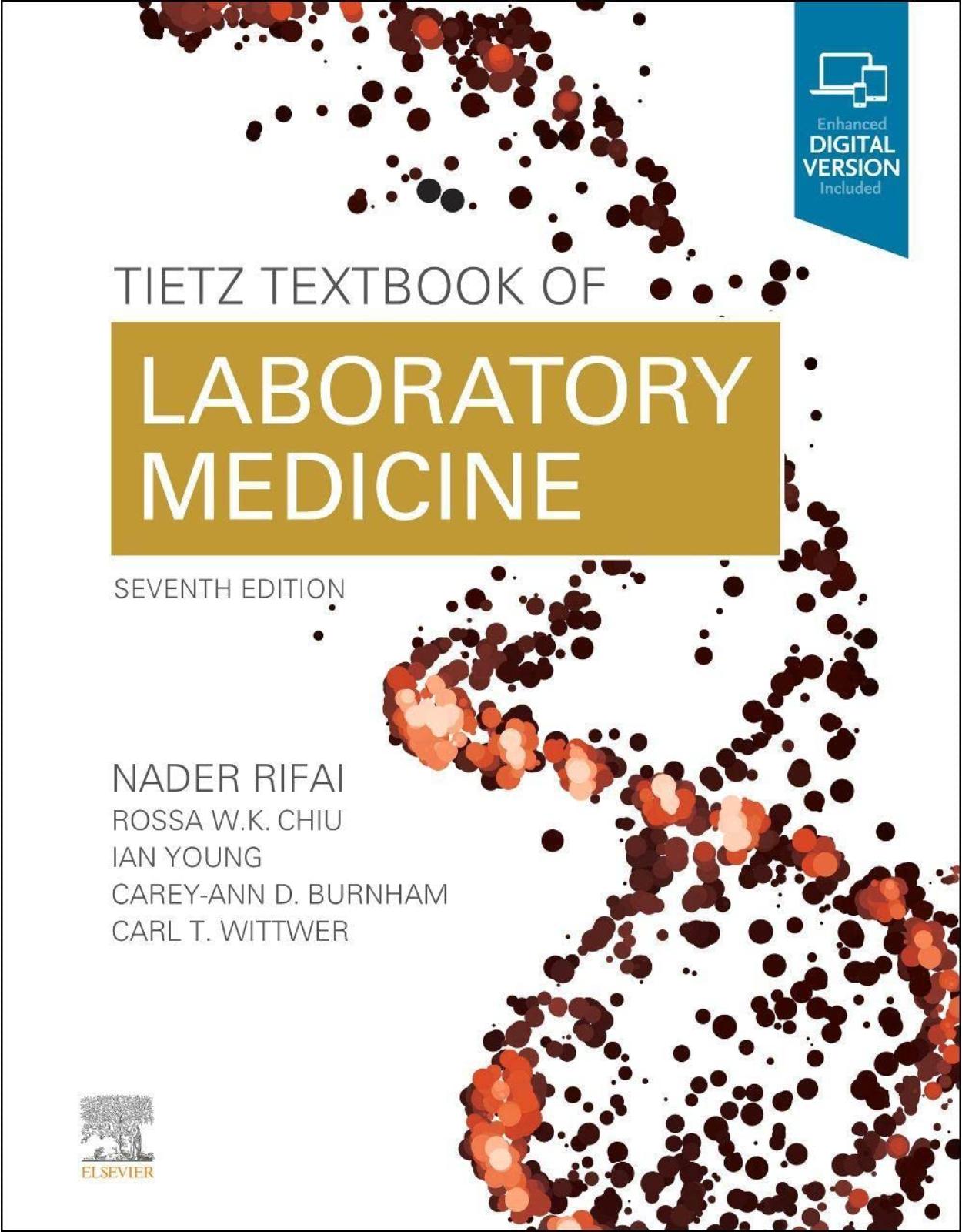

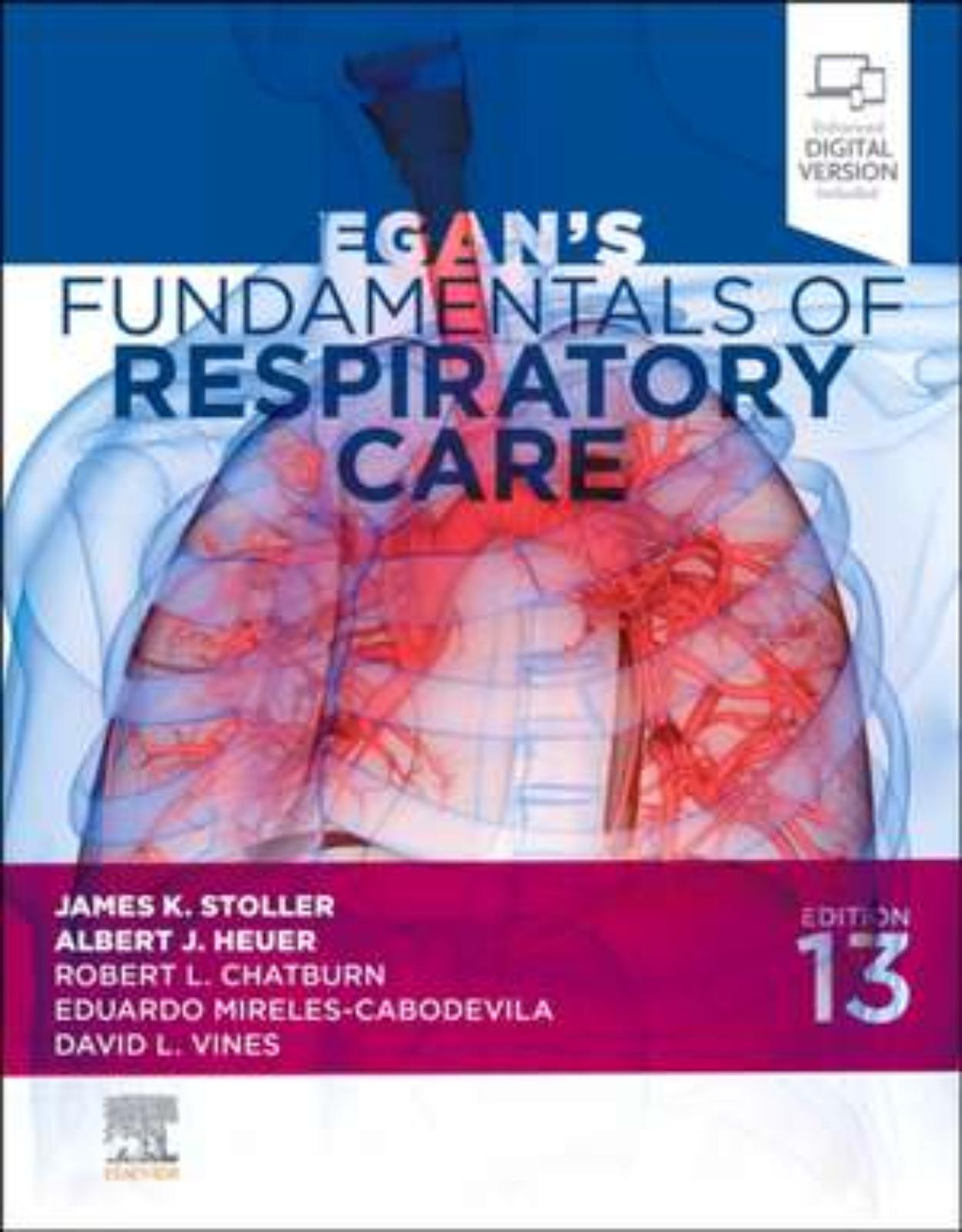
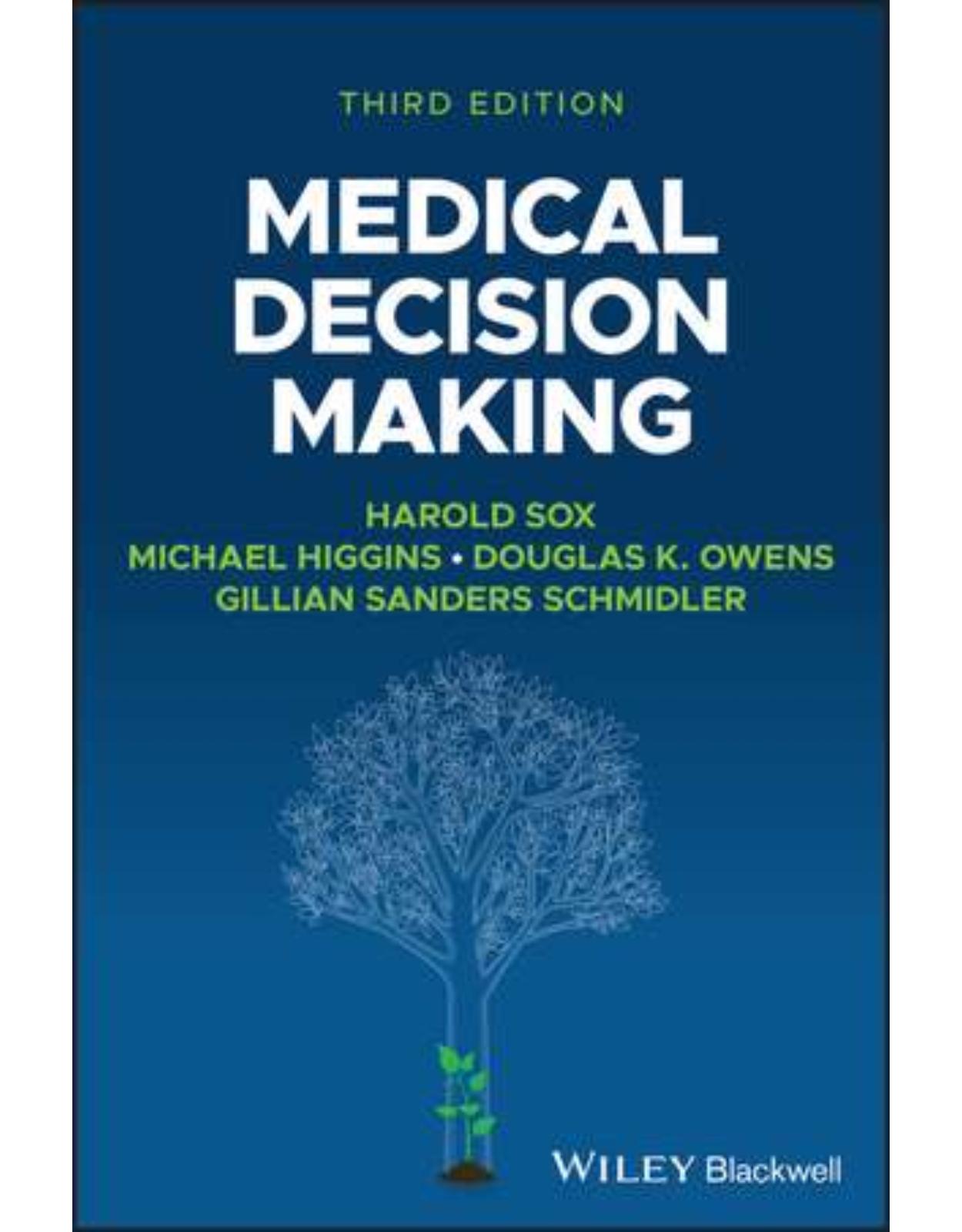

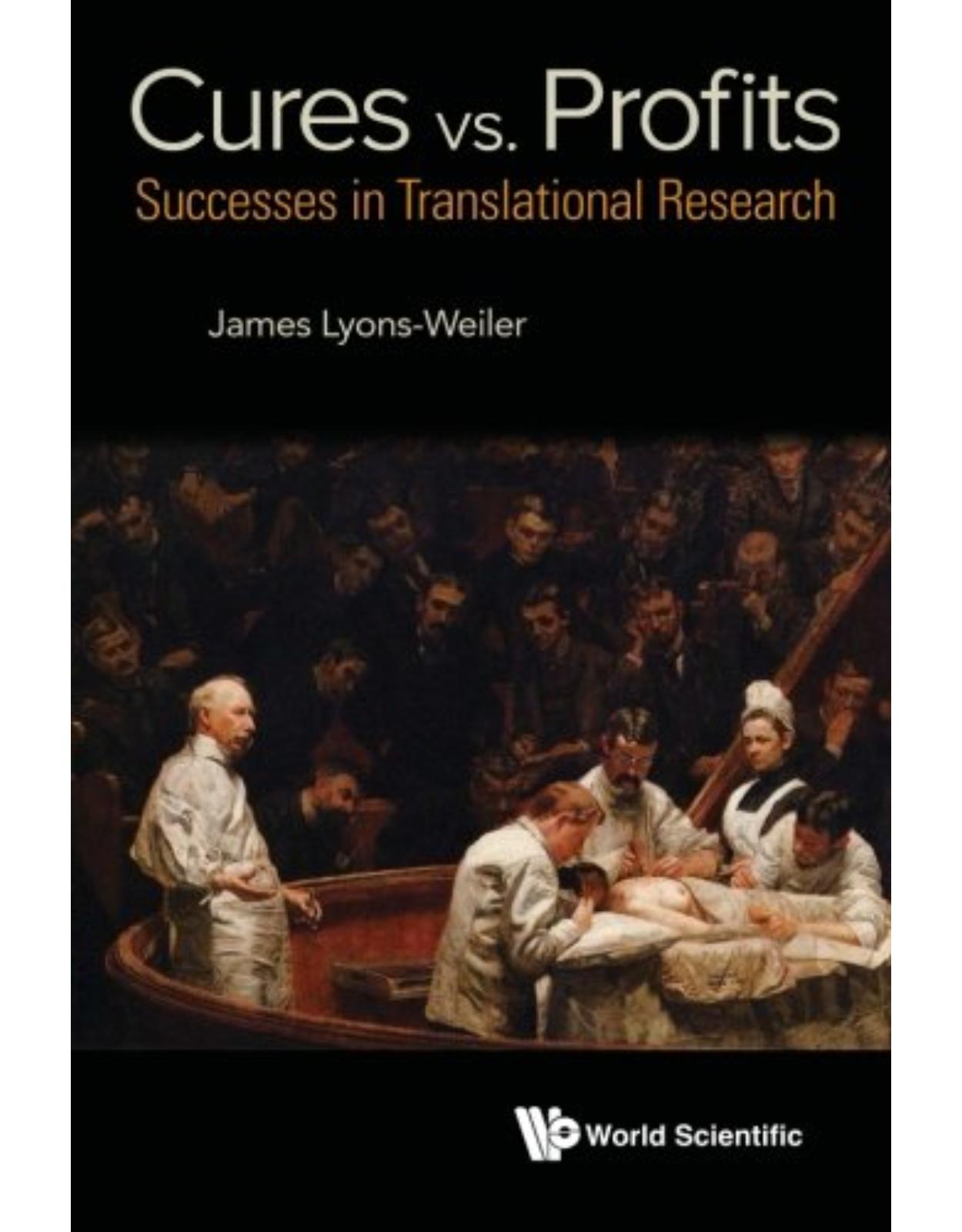


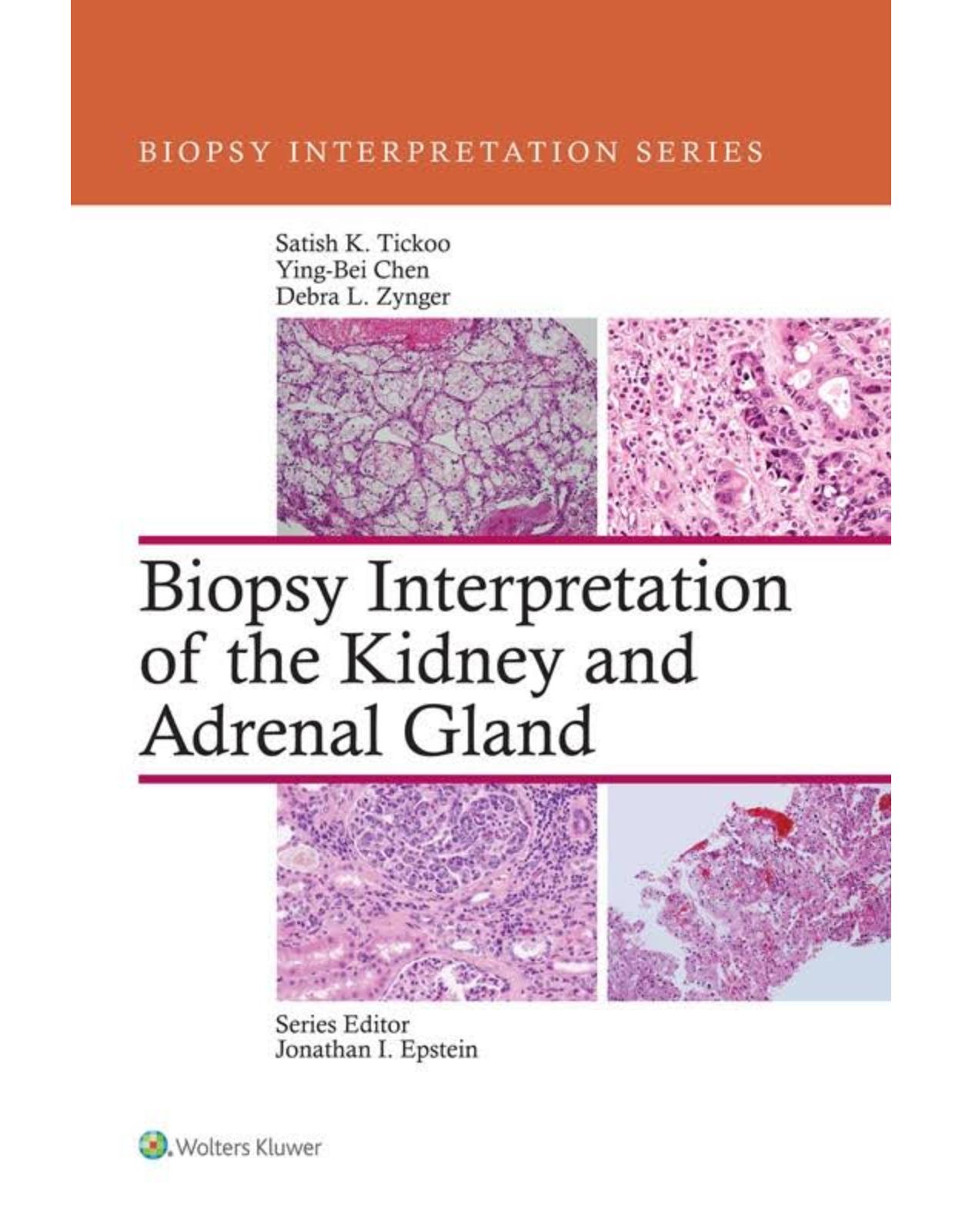
Clientii ebookshop.ro nu au adaugat inca opinii pentru acest produs. Fii primul care adauga o parere, folosind formularul de mai jos.